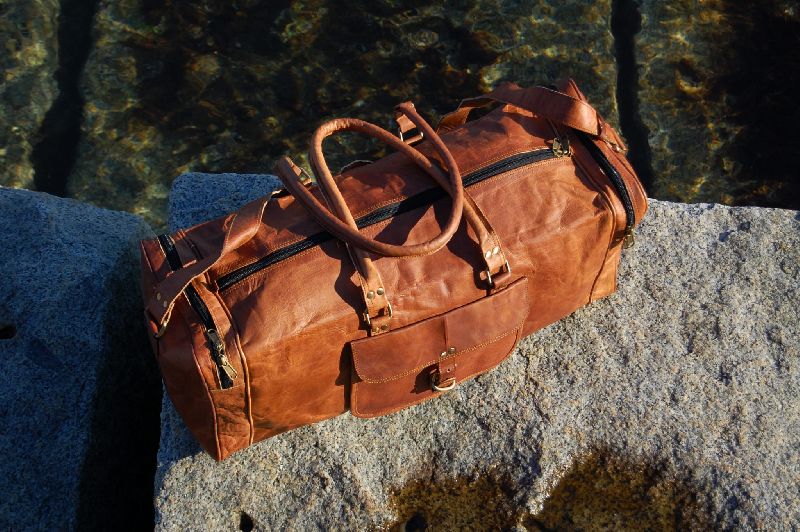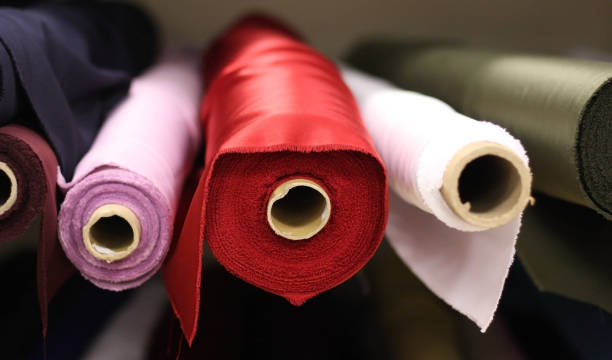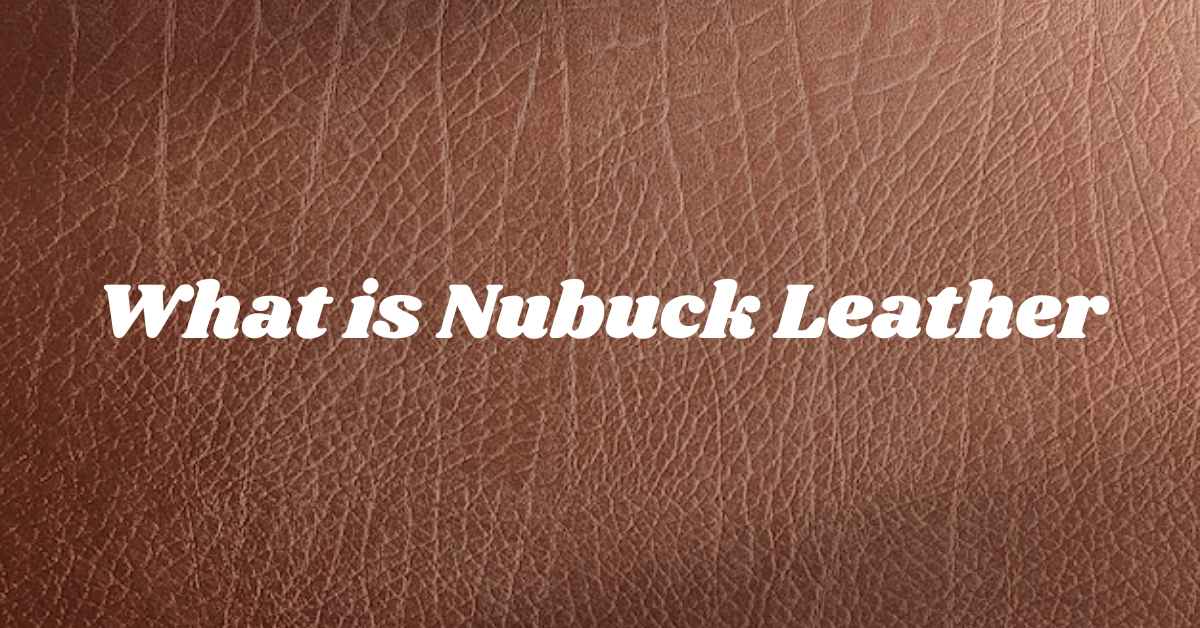A checked bag is luggage given to an airline to be stored in the cargo hold of an aircraft. It’s larger and heavier than a carry-on.
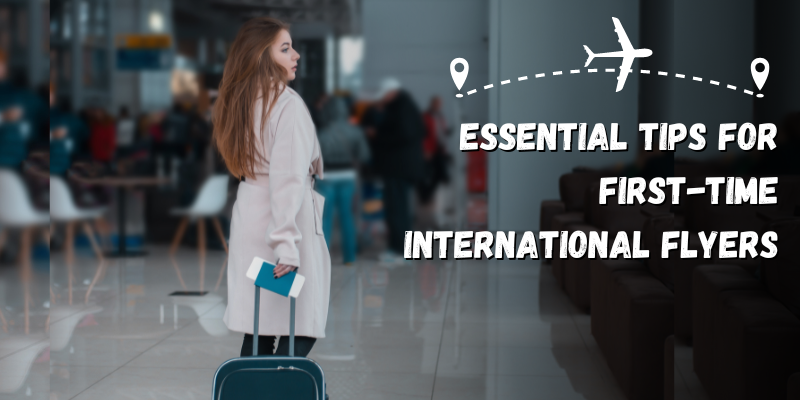
Navigating the airport for the first time can feel overwhelming, especially when it comes to your luggage. Understanding the ins and outs of checked baggage is crucial for a smooth journey. This breakdown covers everything from dimensions and fees to the check-in process and packing rules, ensuring your first flight is a seamless experience.
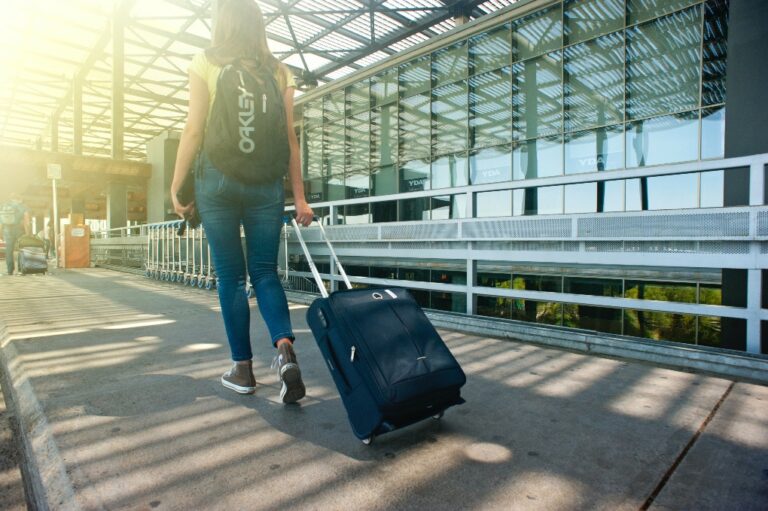
Table of Contents
- Understanding Checked Bags vs. Carry-On Luggage
- What are the Standard Size and Weight Limits for Checked Luggage?
- How Much Does It Cost to Check a Bag?
- The Airport Process: How Do You Check Your Luggage?
- What Can You Pack in a Checked Bag? A Look at TSA Rules
- Why Should You Choose a Durable Bag for Checking?
- Pro Tips for First-Time Flyers Checking a Bag
- What Happens if Your Checked Bag is Lost or Damaged?
Understanding Checked Bags vs. Carry-On Luggage
When you fly, you have two primary options for your luggage: checking it or carrying it on. A checked bag, also known as hold luggage, is handed over to the airline at the check-in counter. It is then weighed, tagged, and transported to the aircraft’s cargo hold. You will not have access to this bag during your flight and will retrieve it from the baggage claim carousel at your destination.
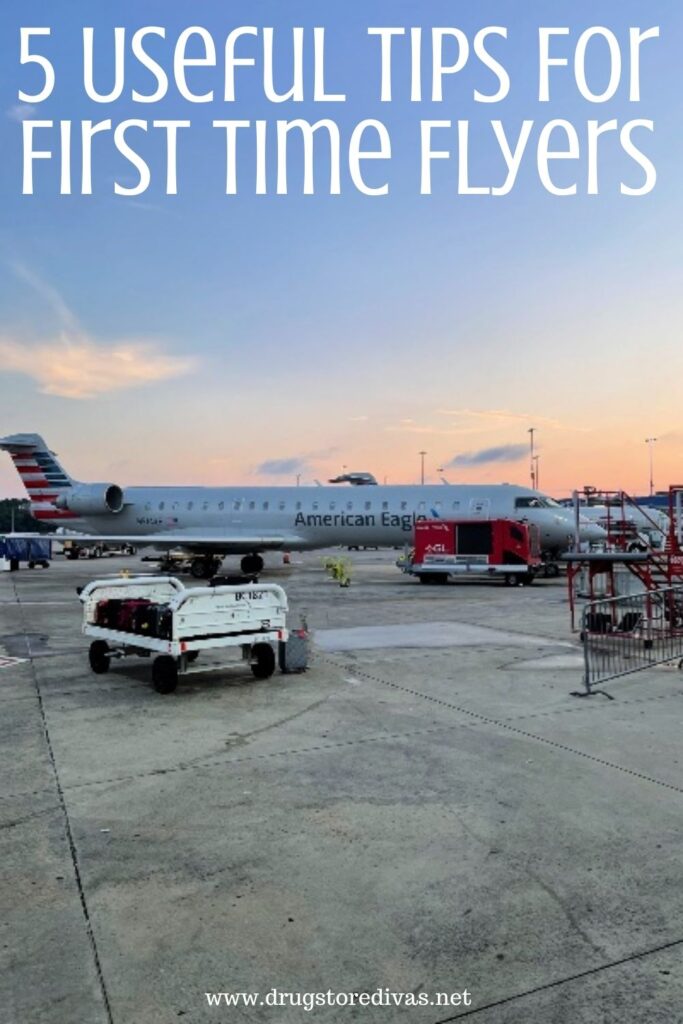
A carry-on bag, on the other hand, is a smaller piece of luggage that you take with you through security and onto the plane. You store it in the overhead bin or under the seat in front of you. This allows you to keep your essential items and valuables with you at all times. Most airlines also permit one small “personal item,” like a purse or laptop bag, in addition to your carry-on.
The fundamental difference lies in access, size, and convenience. Deciding between the two depends on the length of your trip, what you need to pack, and your budget. Here is a simple comparison:
| Feature | Checked Bag | Carry-On Bag |
|---|---|---|
| Location During Flight | Aircraft’s cargo hold | In the cabin with you |
| Typical Size Limit | Up to 62 linear inches (L+W+H) | Around 22 x 14 x 9 inches |
| Typical Weight Limit | 50 lbs (23 kg) | Varies; often must be liftable into the overhead bin |
| Associated Cost | Fees are common for economy tickets | Usually included in the ticket price |
| Access During Flight | None | Full access |
What are the Standard Size and Weight Limits for Checked Luggage?
One of the most important things for a first-time flyer to know is that baggage rules are not universal; they vary significantly between airlines. However, there are common industry standards that can give you a general idea of what to expect.
For most domestic airlines in the United States, the standard size limit for a checked bag is 62 linear inches (or 158 cm). This figure is calculated by adding the length, width, and height of the bag together. The standard weight limit is typically 50 pounds (or 23 kilograms). If your bag exceeds these limits, it will be subject to additional fees for being oversized or overweight. These fees can be quite steep, sometimes costing more than the initial bag fee itself.
International flights, business class tickets, or passengers with elite airline status may have more generous allowances, sometimes permitting up to 70 pounds (32 kg) per bag. Before you even start packing, always visit your airline’s official website and look for their specific baggage policy. This simple step can save you from unexpected charges and stress at the airport.
How Much Does It Cost to Check a Bag?
In the past, checked bags were often included in the price of a ticket. Today, most airlines charge a fee for checked luggage on domestic and many international economy fares. The cost is not a flat rate and depends on several factors, including the airline, your destination, your ticket class, and how many bags you check.
Typically, you can expect to pay around $30-$40 for your first checked bag and $40-$50 for a second one on a domestic flight. The price for third and subsequent bags increases significantly. It is almost always cheaper to pay for your checked bags online during the check-in process than to wait until you get to the airport counter. Some budget airlines charge even more, so be sure to factor these costs into your total travel budget.
There are ways to avoid these fees. Many airline-branded credit cards offer a free first checked bag for the cardholder and sometimes for companions on the same reservation. Additionally, passengers with elite frequent flyer status often receive a complimentary baggage allowance. Flying in premium cabins like business or first class also typically includes free checked bags.
The Airport Process: How Do You Check Your Luggage?
Checking a bag is a straightforward process once you know the steps. It begins before you even leave for the airport and ends when you are reunited with your belongings at your destination.
Checking In Online vs. at the Airport
Your check-in window usually opens 24 hours before your flight’s departure. The most efficient method is to check in online via the airline’s website or mobile app. During this process, you will confirm your flight details, select your seat, and be prompted to declare how many bags you are checking. You can pay the associated fees with a credit card right then. This saves you time at the airport.
If you prefer, you can also check in at the airport. You can do this at a self-service kiosk or by speaking with an agent at the airline’s check-in counter. Both options will allow you to pay for your bags and print your boarding pass.
Where Do You Drop Off Your Bag?
After you have paid your fees, you need to physically hand your luggage over to the airline. If you checked in online, look for a dedicated “Bag Drop” counter. This line is often much shorter than the full-service check-in line. If you are checking in at the airport, the agent at the counter will take your bag after weighing it.
The airline agent will place a tag on your bag that has a barcode and your flight information. They will give you a matching receipt sticker, which you should keep in a safe place (like the back of your passport or boarding pass) until you have collected your bag.
Retrieving Your Bag at Your Destination
Once you deplane, follow the signs for “Baggage Claim.” You will see monitors that list flight numbers and the corresponding carousel number where the bags will be delivered. Find your carousel and wait for the bags to start arriving. When you see your bag, retrieve it safely. It’s a good idea to double-check the name and flight information on the luggage tag to ensure you have grabbed the correct one.
What Can You Pack in a Checked Bag? A Look at TSA Rules
One of the biggest advantages of checking a bag is the freedom to pack items that are restricted in carry-on luggage. The Transportation Security Administration (TSA) has specific rules for safety, and understanding them is key.
Permitted Items: Taking Advantage of the Extra Space
The most notable allowance in checked baggage is for liquids. Unlike the strict 3.4-ounce (100 ml) rule for carry-ons, you can pack full-sized toiletries like shampoo, conditioner, lotion, and sunscreen in your checked bag. This is a perfect opportunity to use a spacious and well-organized container. A high-quality, durable Beldtura leather toiletry bag can keep all your liquids securely in one place, protecting your clothes from potential spills while adding a touch of sophistication to your travel gear.
You can also pack items that are considered sharp, such as razors, knives (within legal limits), and scissors with blades longer than four inches. Sports equipment like baseball bats, golf clubs, and ski poles must also be checked.
Restricted and Prohibited Items You Must Avoid
Safety is the top priority in air travel. For this reason, certain items are strictly forbidden in checked luggage. These include explosives like fireworks, flammable materials such as lighter fluid and certain aerosols, and hazardous chemicals.
A crucial rule to remember involves batteries. Loose lithium-ion batteries and power banks are prohibited in checked luggage and must be carried in your cabin baggage. This is because of the potential fire risk in the cargo hold. Electronic devices containing these batteries, like laptops and cameras, are best kept in your carry-on for the same reason.
Why Should You Choose a Durable Bag for Checking?
Your checked bag goes on a journey of its own after you hand it over. It travels along conveyor belts, is loaded into and out of the aircraft, and is exposed to the elements. This process can be rough, which is why investing in a durable, high-quality piece of luggage is essential. A bag made from flimsy materials can easily tear, crack, or have its zippers fail, putting your belongings at risk.
Look for luggage constructed from robust materials with reinforced corners, sturdy wheels, and strong, reliable zippers. For a bag that combines rugged durability with timeless style, a full-grain leather duffle bag, like those from Beldtura Leather, is an excellent investment. They are built to withstand the rigors of travel and develop a unique, beautiful patina over time, telling the story of your adventures. A well-made bag is not just a container; it’s peace of mind.
Pro Tips for First-Time Flyers Checking a Bag
A little extra preparation can make the entire process of checking a bag much smoother. Follow these simple tips to travel like a seasoned professional.
Packing Smart and Securely
Use packing cubes to organize your clothing and compress items to save space. Place heavier items near the wheels of the suitcase to keep it balanced and prevent it from tipping over. If you are packing fragile items, wrap them in soft clothing and place them in the center of the bag for maximum cushioning. To avoid your bag bursting open from pressure, do not overpack it. If you have to sit on your suitcase to close it, it’s too full.
What to Never Pack in Checked Luggage
This cannot be stressed enough: keep all your critical and valuable items in your carry-on bag. This includes your passport, identification, travel documents, keys, prescription medications, electronics (laptops, cameras, tablets), jewelry, and any other items that would be difficult or impossible to replace. While rare, bags can be delayed or lost, and having your essentials with you is non-negotiable.
Identifying Your Bag with Ease
Baggage claim carousels are often a sea of similar-looking black suitcases. Make yours stand out. Use a colorful luggage tag with your name and contact information. Tie a bright ribbon or strap around the handle. Before you leave home, take a quick photo of your bag. This can be incredibly helpful for identification purposes if you need to file a report for a lost bag.
What Happens if Your Checked Bag is Lost or Damaged?
In the unfortunate event that your bag does not appear on the carousel or arrives damaged, it is important to act immediately. Do not leave the airport. Go directly to your airline’s baggage service office, which is typically located in the baggage claim area.
You will need to file a report and provide your flight information and the baggage claim sticker you received at check-in. The agent will give you a file reference number and explain the next steps. Airlines have systems to track delayed bags and will usually deliver them to you once located. For damaged bags, they may offer to repair or replace the item based on their policy.
Most airlines have limited liability for lost luggage, so for expensive items, consider purchasing travel insurance before your trip. It can provide additional coverage and reimbursement for lost, stolen, or damaged belongings, offering an extra layer of security and peace of mind.

